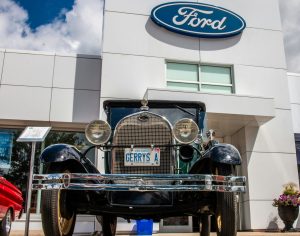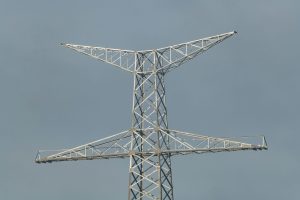The enduring legacy of a single engine design
When it comes to designing and building powerful machines, simplicity and efficiency often go hand in hand. This is especially true in the world of engine design, where a single engine can outperform even the most complex and high-tech competitors. The legacy of a single engine design stretches far and wide, impacting industries such as aviation, automotive, and marine – just to name a few. In this article, we will explore the enduring legacy of a single engine design and how it continues to shape and revolutionize the modern world.
The Beginnings of a Single Engine Design
The concept of a single engine design dates back centuries, with the earliest recorded single-cylinder engine being created by the French inventor, Jean Joseph Etienne Lenoir, in 1860. This engine, although primitive in comparison to modern standards, sparked a revolution in both transportation and industrialization. The simplicity and reliability of a single engine design proved to be groundbreaking, and it soon became a staple in various industries.
Aviation: The Pioneer of Single Engine Design
Perhaps one of the most significant industries impacted by a single engine design is aviation. The Wright brothers, considered the fathers of modern aviation, used a single engine design in their famous flight in 1903. This feat would not have been possible without a powerful and efficient engine, which helped to propel the aircraft into the sky.
Since then, single-engine airplanes have become the go-to choice for novice and experienced pilots alike. The popular Cessna 172, for example, is a single-engine aircraft that has been in production since 1955 and is still heavily used today. Its simplicity and reliability make it a preferred choice for both personal and commercial flying.
The Automotive Industry: Revolutionized by a Single Engine Design
Another industry that has seen the impact of a single engine design is the automotive industry. Before the introduction of vehicles powered by combustion engines, the automobile industry was dominated by steam and electric-powered vehicles. However, it was the simplicity and efficiency of a single engine design that helped to pave the way for the modern automobile.
Today, almost all vehicles on the road use a single engine design, with variations such as V8, V6, and straight-six cylinder engines being the most common. This engine design not only provides sufficient power but also allows for smoother and more fuel-efficient driving.
Marine Engines: Where Simplicity Meets Durability
Aside from aviation and automotive, marine engines have also been heavily influenced by a single engine design. The popular outboard motor, which is used in various watercraft, relies on a single engine design to provide power and maneuverability. The simplicity of a single engine design allows for easy maintenance and increased durability, crucial in marine environments.
The Enduring Legacy of a Single Engine Design
Despite the rapid advancements in technology, the legacy of a single engine design remains strong. The simplicity and efficiency of this engine design make it a preferred choice in various industries, proving to be a cost-effective and reliable option. As technology continues to evolve, single engine designs are becoming even more powerful and efficient, demonstrating their enduring legacy.
In conclusion, the enduring legacy of a single engine design cannot be underestimated. From the early days of aviation to modern times, this engine design has played a critical role in shaping and revolutionizing the transportation and industrial sectors. With its simplicity, efficiency, and reliability, a single engine design will undoubtedly continue to leave its mark on the world for many years to come.










